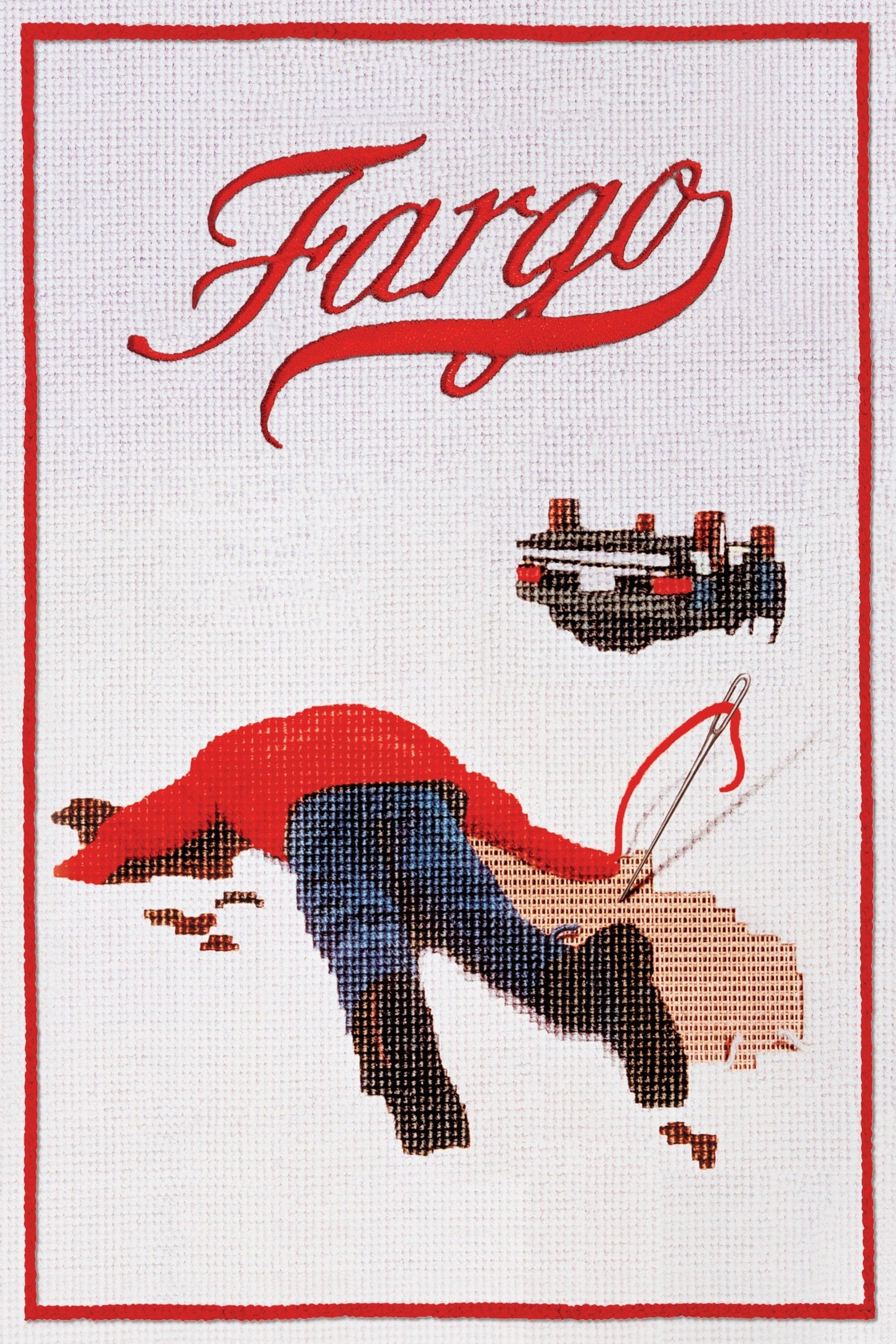
Fargo
1996
Rate this movie
Average: 3.50 / 5
(2 votes)
Directors
Yet another testament to rare stylistic mastery from the Coen brothers, a demonstration of that narrative genius which, far from conforming to trends, has always carved out unique aesthetic niches in the contemporary cinematic landscape.
Fargo arrives after two perfect films like Miller's Crossing and Barton Fink and is a kind of culmination point in the Coen aesthetic, crystallizing that peculiar blend of the absurd and the tragic, of black comedy and relentless violence that is their unmistakable signature. If in Miller's Crossing the noir was elevated to a stylized symphony of revenge and loyalty, and in Barton Fink existential drama merged with Hollywood satire into a Kafkaesque nightmare, Fargo arrives at an unsettling realism, an almost anthropological immersion into a provincial microcosm where the banality of evil manifests in a grotesque and disorienting way. It is here that the Coens hone their acumen in dissecting the most hidden folds of the human soul, revealing how despair can lead to a tragicomic delusion.
An atypical noir, set in the cold regions of Minnesota, where the action bounces between Fargo and Brainerd, two small provincial towns, the scene of a grotesquely toned story, which boasts the famous, and slyly deceptive, tagline "based on a true story," establishing from the outset a pact with the viewer that plays on the perception of reality and the interstitiality between fiction and chronicle. The setting itself, with its immense snow-covered expanses reflecting a blinding and almost alien light, becomes a character, a blank canvas upon which the dark hues of humanity corrupted by stupidity and greed will stain red. This is not the claustrophobic noir of dark metropolises, but a "Midwestern Gothic" that exploits the openness and presumed innocence of the landscape to highlight the violence that sprouts within it.
The characters are the true strength of this film; a few shots, highly skilled actors, and a superb script are enough to stylize their character and engrave them forever in the viewer's memory. Their characterization is not only vivid but also archetypal, embodying the impulses and weaknesses that the Coens love to explore: the weak and slothful Jerry Lundegaard, a car salesman subservient to his father-in-law, who is also his boss, a pathetic antihero whose clumsiness and moral blindness are the true engine of the tragedy. Jerry is not evil by intent, but by weakness and an almost proverbial shortsightedness, convinced he can orchestrate a crime without getting his hands dirty, a victim of his own simple-mindedness. In stark contrast stands the luminous figure of Marge Gunderson, a pregnant sheriff, with soft movements but very agile in thought, played by an Oscar-winning Frances McDormand in a performance that elevates the character to a true moral beacon of the film. Her stubborn, almost reassuring, normalcy and her unwavering good sense contrast sharply with the madness around her, making her a unique heroine in the landscape of contemporary cinema, a kind of guardian angel of reason in a world gone mad. And then there are Carl and Gaear, two operetta goons, clumsy kidnappers, sociopathic and paranoid, archetypes of the Coen criminal: violent, incompetent, and destined for failure, whose gratuitous brutality is balanced only by their ridiculous inefficiency. Completing the picture is Wade Gustafson, the inflexible and greedy businessman, whose capitalist hubris makes him no less blind than Jerry to the consequences of his actions.
Jerry is employed at his father-in-law Wade's car dealership. He is suffocated by debt but has sniffed out a deal and proposes it to his father-in-law, who in response takes the whole pie, leaving Jerry crumbs. His palpable and almost comical frustration serves as the fuse for an escalation of out-of-control events. Upset and embittered, Jerry conceives a crazy plan: to stage his wife's kidnapping with the help of two thugs to force his father-in-law to pay. His naivety is such that he fails to foresee the tragic consequences of such a clumsy plan. The two kidnappers introduced to him by a mechanic at the dealership are somewhat neurotic and quite clumsy, a classic duo from a Coen black comedy. One of them is talkative and nervous (Carl Showalter, with his unmistakable speech and petty obsessions), the other silent and lethal (Gaear Grimsrud, an almost primordial figure in his indifference to violence).
Naturally, with two such characters, nothing goes right, and the film unfolds in a spiral of increasingly tragic and absurd events, a macabre ballet that is the Coens' hallmark. Wade will show up at the money drop to try to negotiate his daughter's release but will meet a bad end, a victim of the same greed and disregard for life that his son-in-law had unwittingly triggered. Marge Gunderson, sheriff of Brainerd, meanwhile, starting from the bodies left behind by the two, will shrewdly trace the two back to their hideout, following a trail of blood and stupidity that will lead her to the heart of the horror. Her investigation, methodical and calm, is a sublime counterpoint to the uncontrollable fury of events, highlighting how the perseverance of justice, even if slow and seemingly clumsy, can ultimately prevail over the chaotic nature of evil.
Many scenes are worth mentioning, true strokes of cinematic genius that have imprinted themselves on the collective imagination: foremost among them the surreally truculent ending with a sock-clad foot peering out from a wood chipper, an iconic image that encapsulates the essence of the film – the sublime and the grotesque, horror and the absurd, the most trivial detail (the sock) clashing with the most extreme violence, all under an indifferent Minnesota sky. Roger Deakins' cinematography, with its cold tones and crystalline light that enhances the blinding white of the snow, amplifies the sense of isolation and the raw beauty of this land, while Carter Burwell's soundtrack, with its melancholic melodies and allusions to Scandinavian folk music, imparts an almost elegiac aura to the tragedy.
A clever and witty work, with a splendid narrative structure and a vigilant underlying intelligence that makes it captivating, humorous, and unique in the noir landscape. Fargo is not just a film about criminals and their victims, but a profound meditation on human nature, on weakness and dignity, on the capacity to perpetrate evil and on the strength of the simplest goodness. A masterpiece that continues to resonate, an unforgettable immersion into the deeper America and its unsuspected veins of absurdity.
Gallery
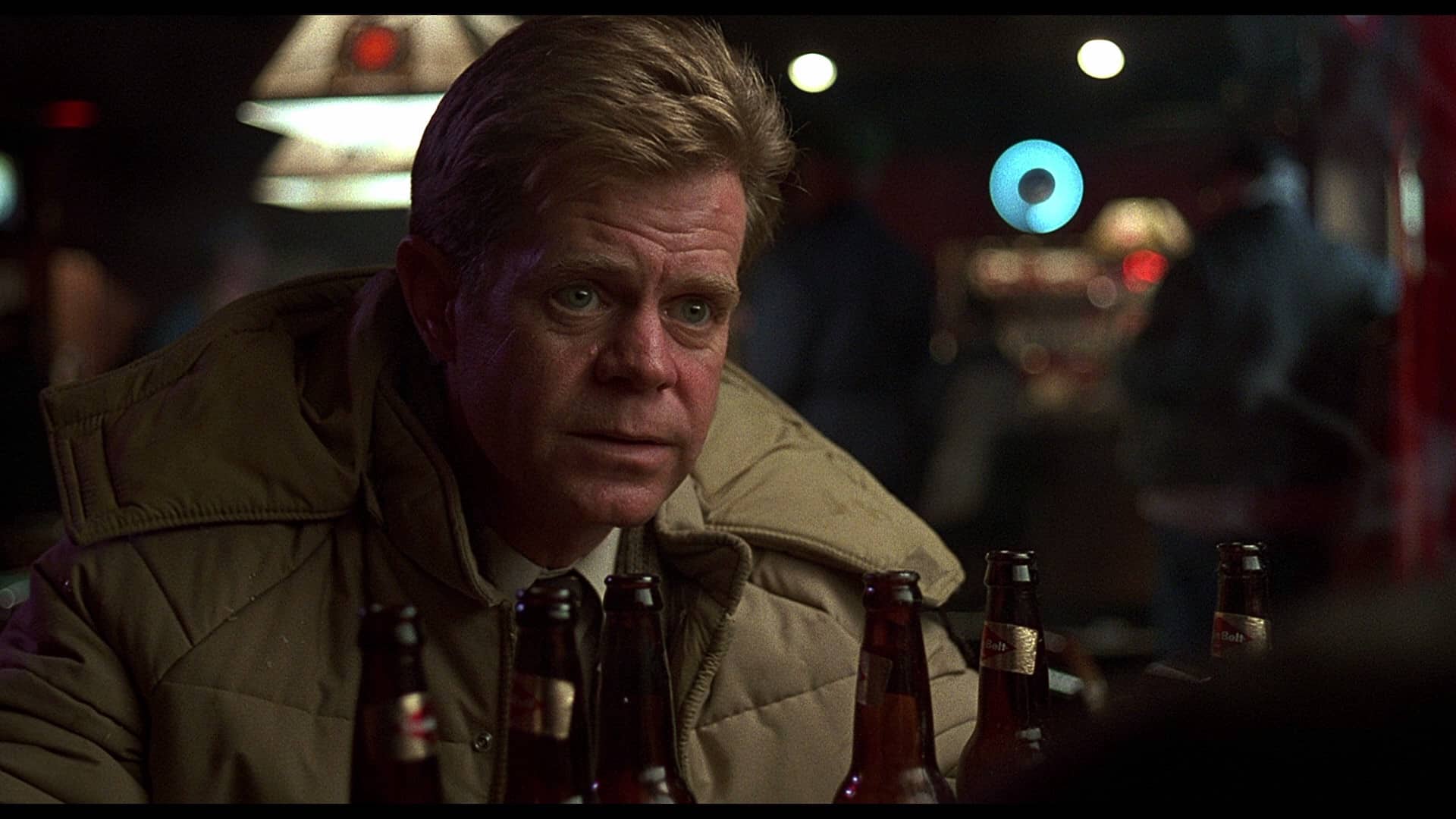


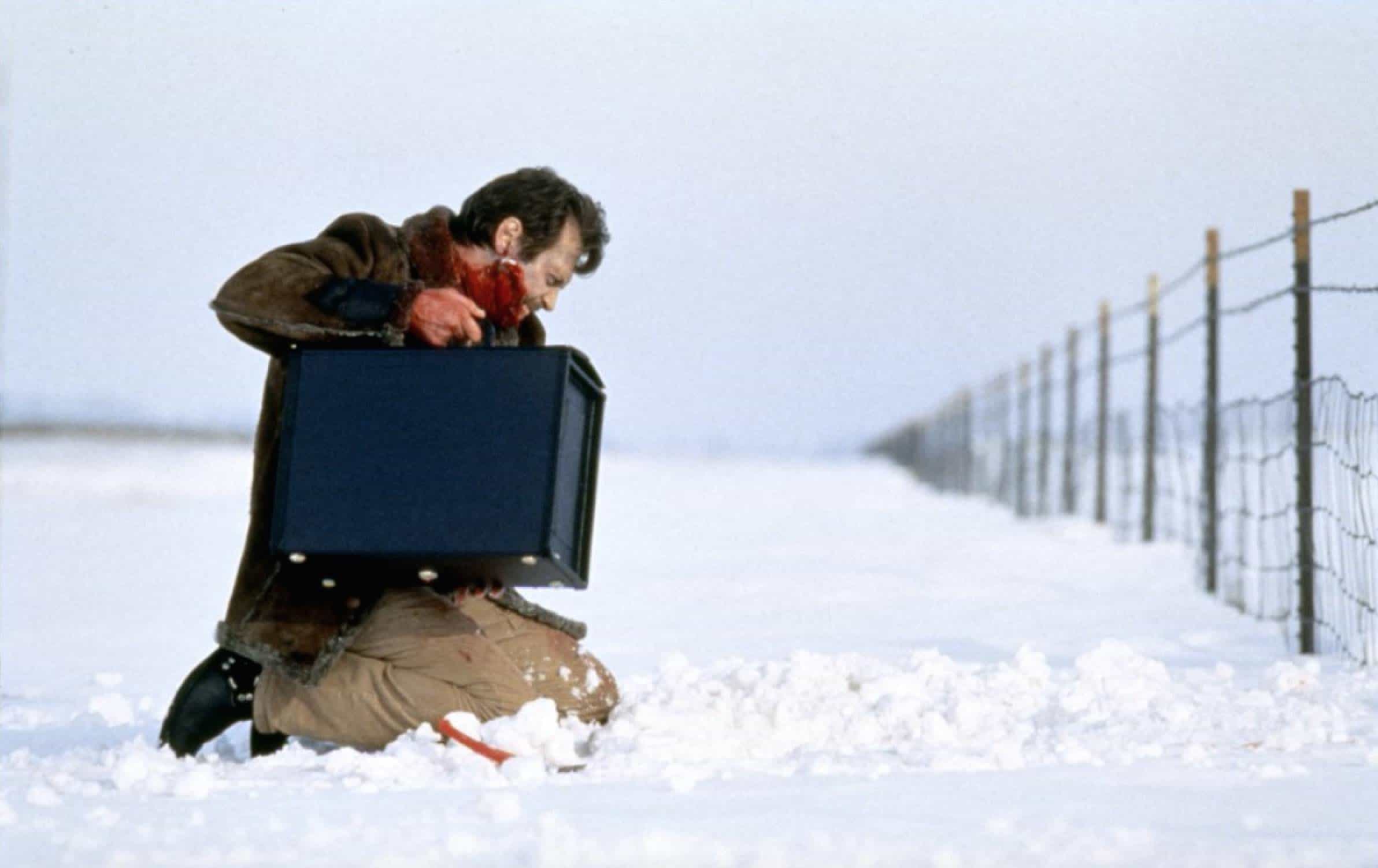
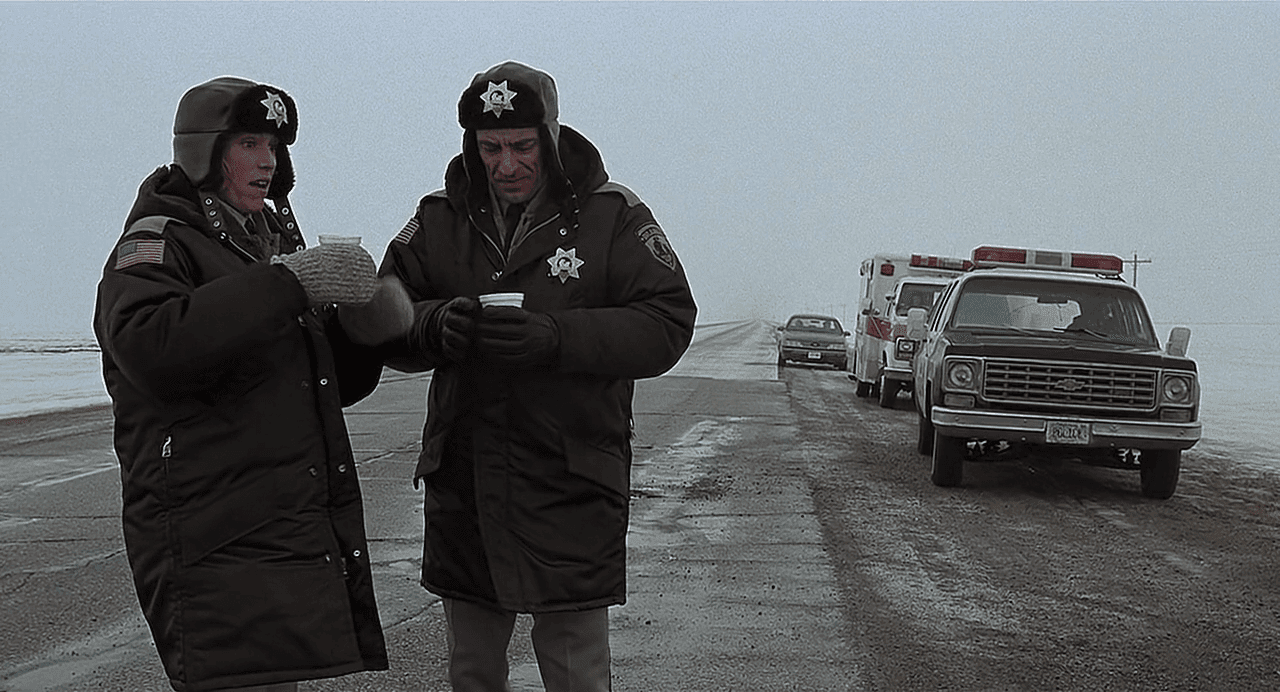
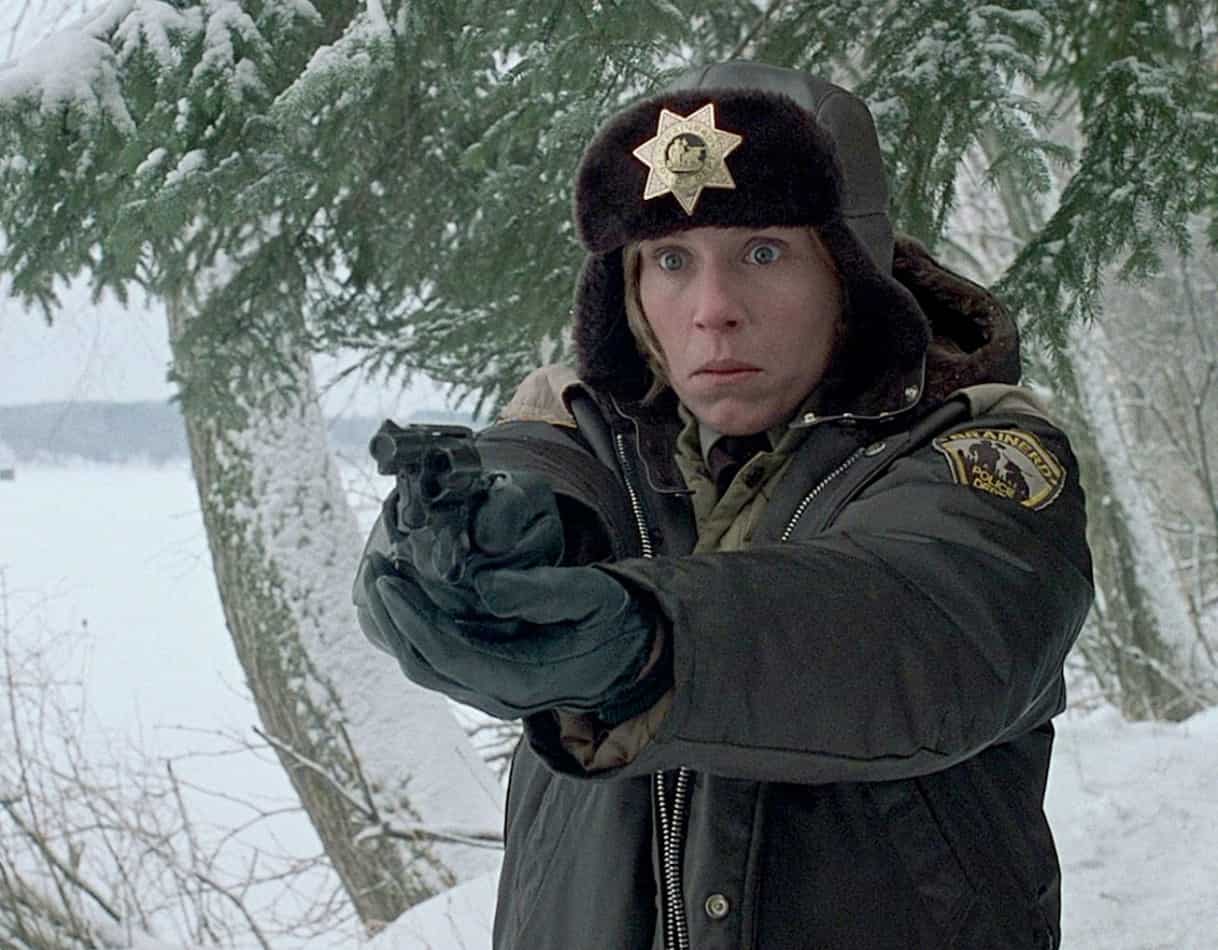
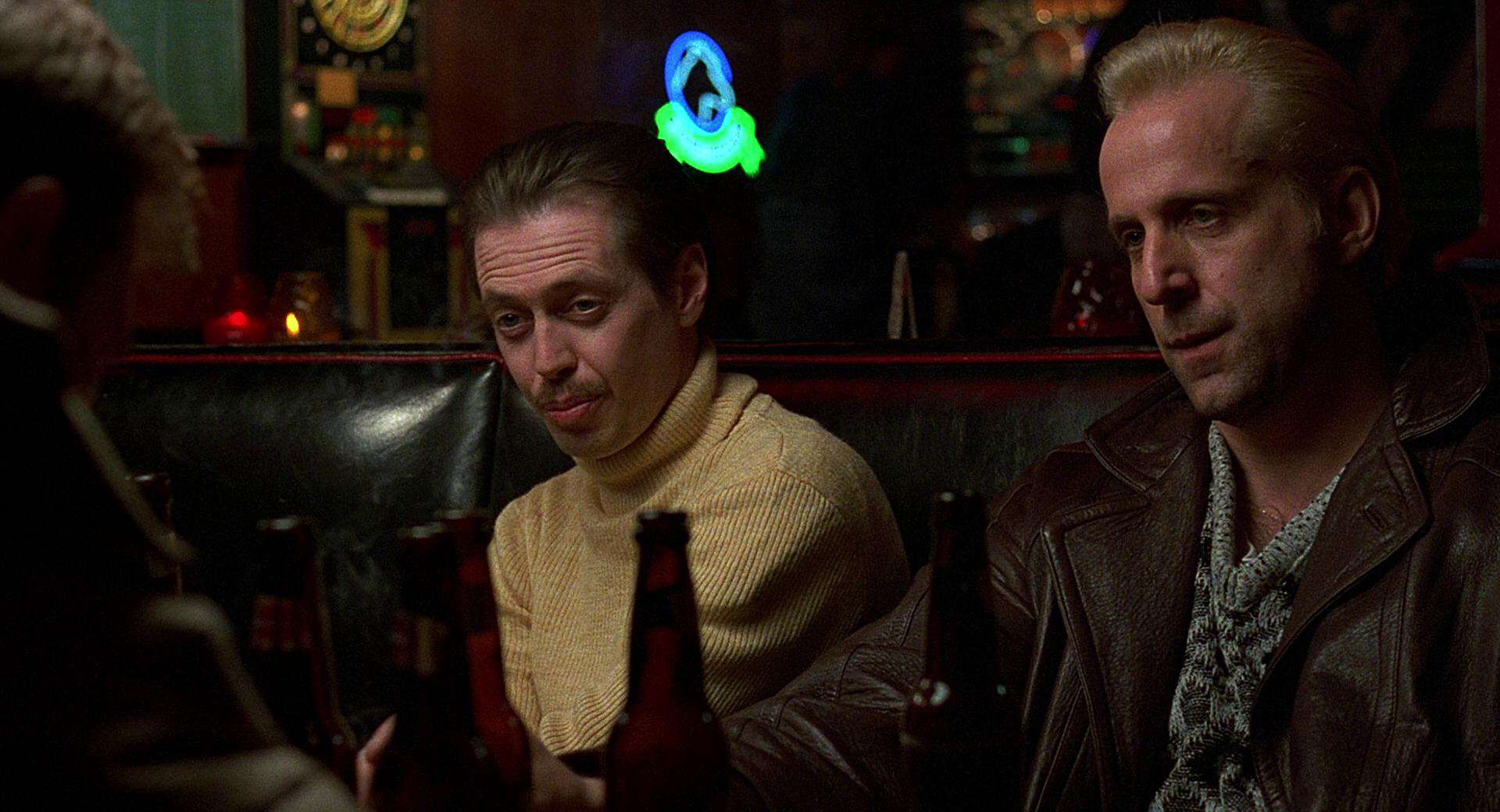

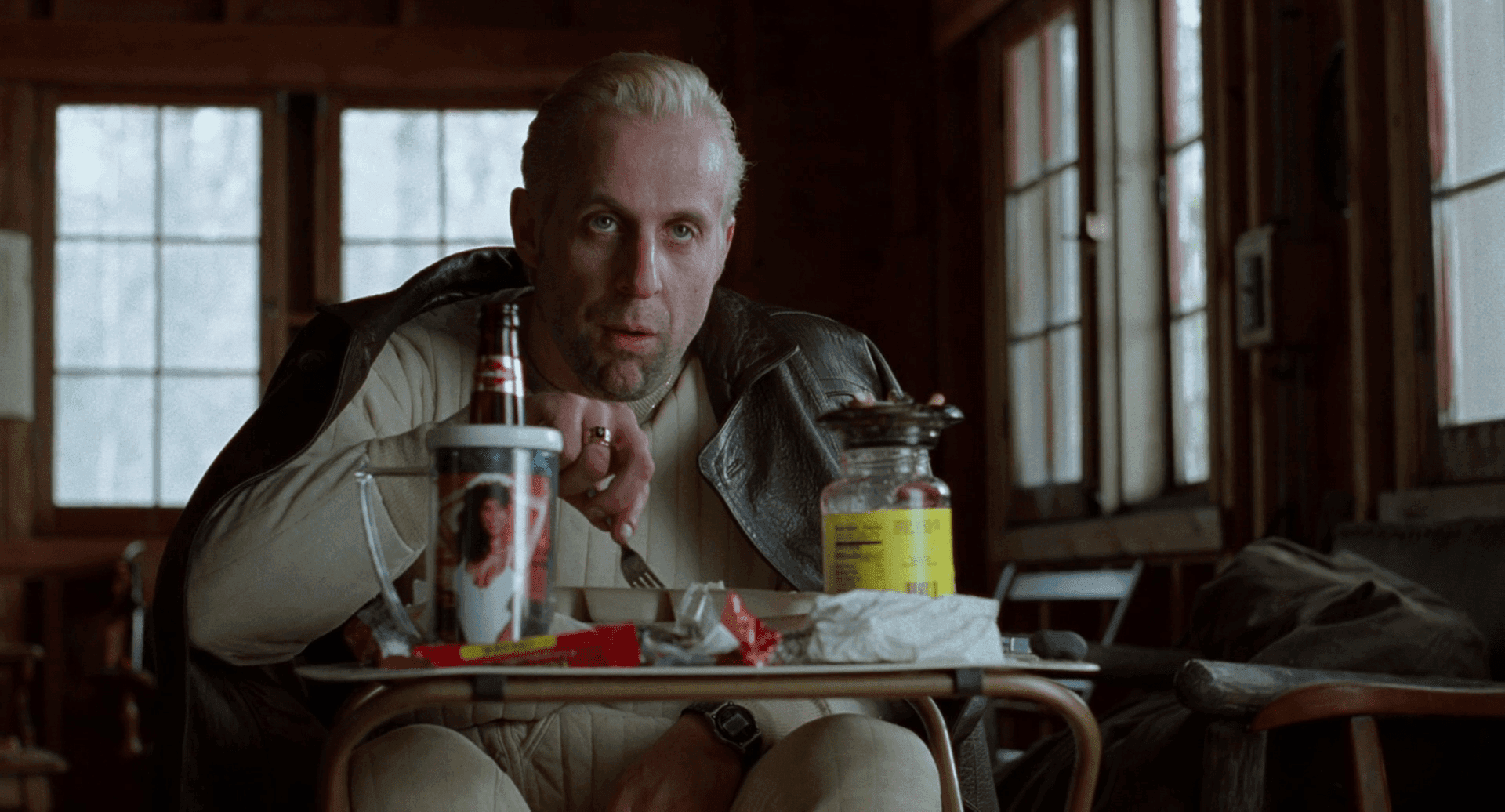

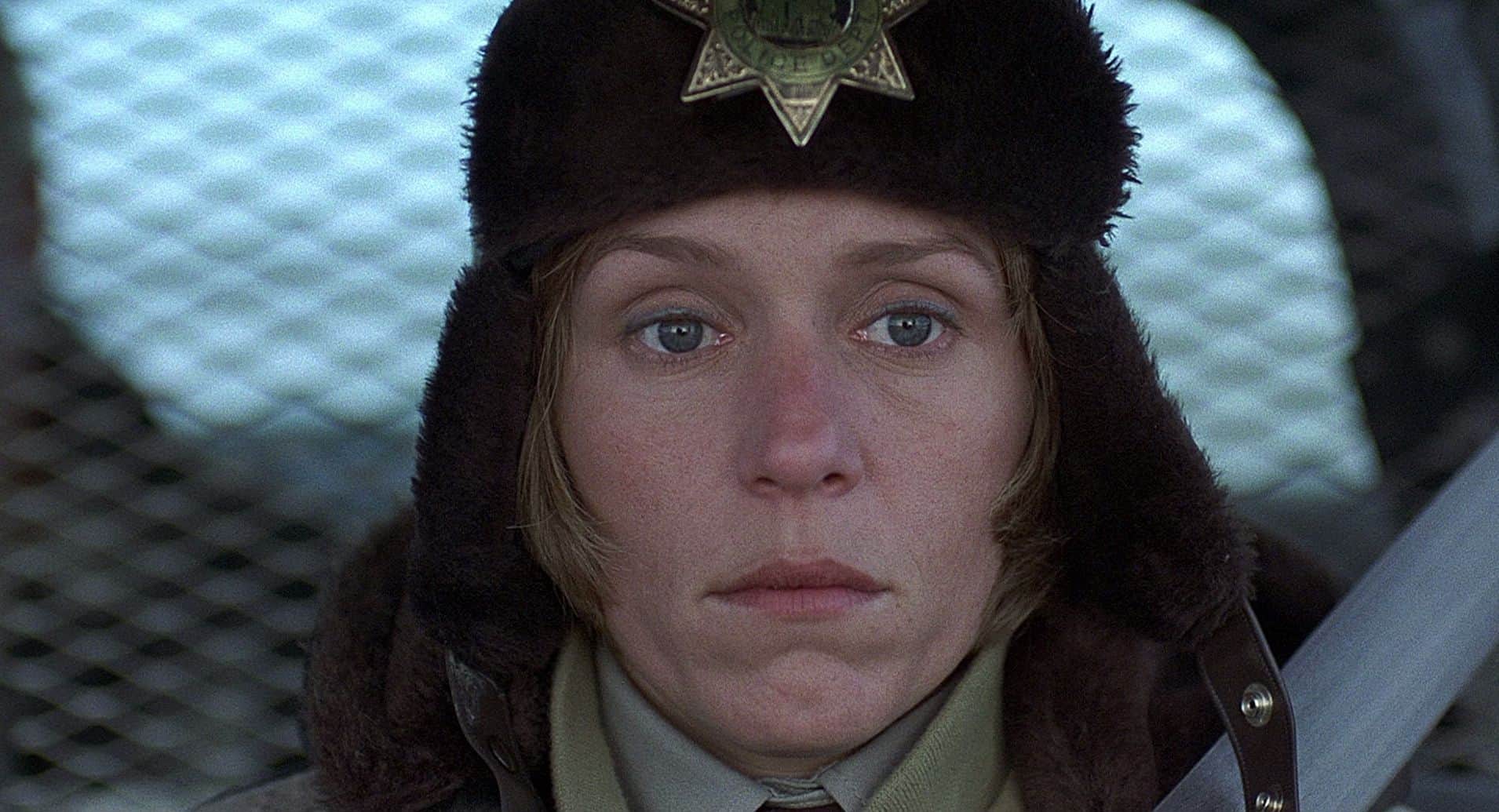
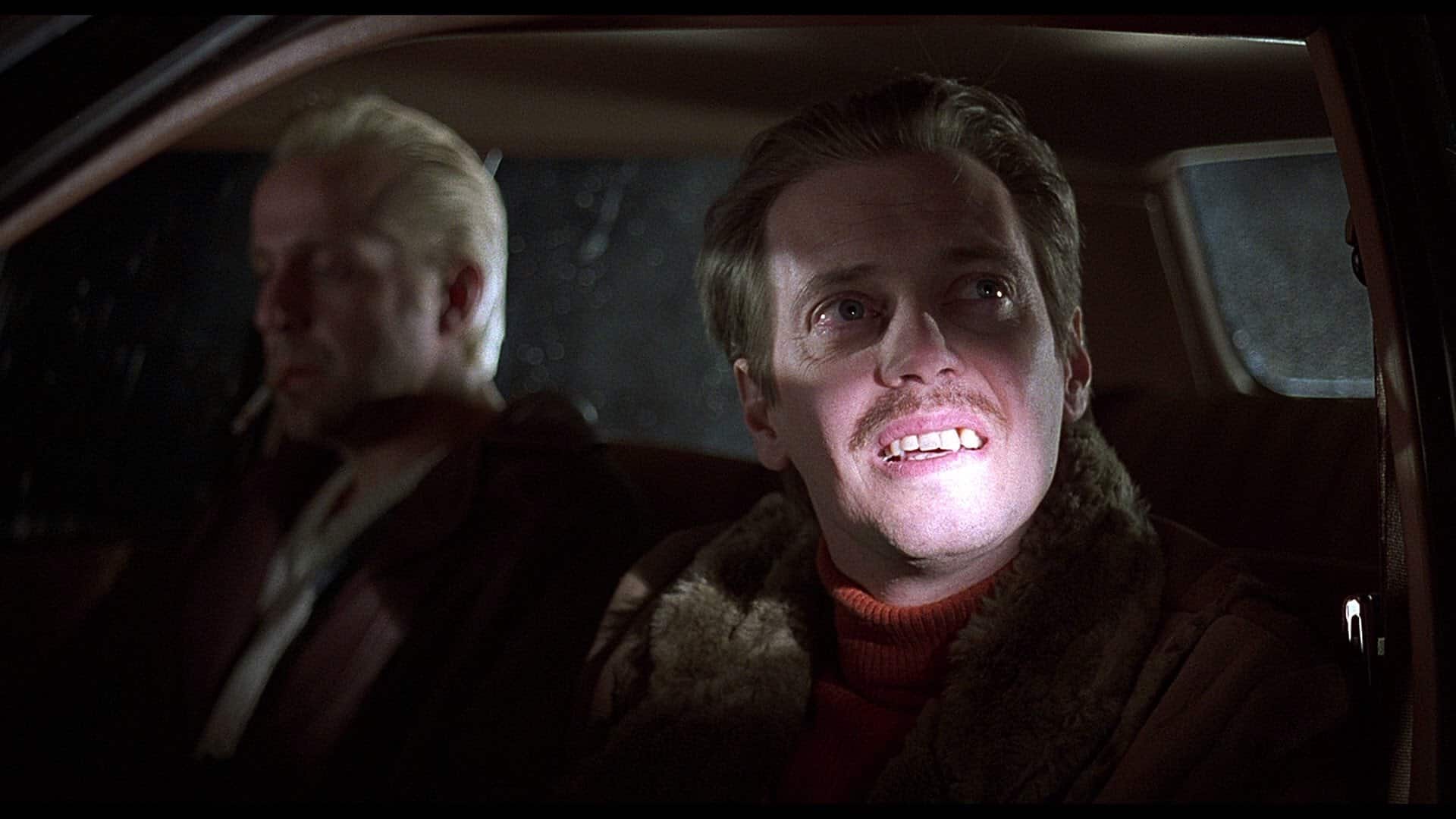
Comments
Loading comments...